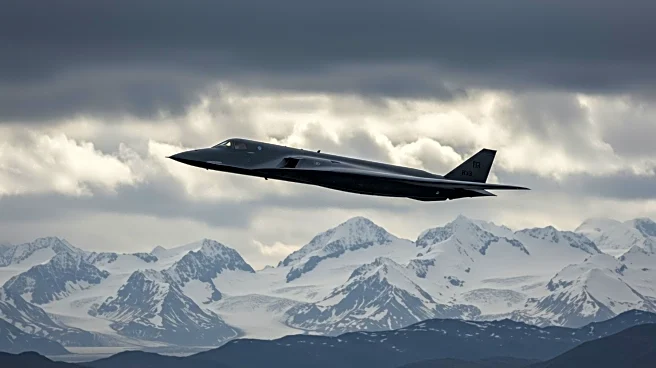What's Happening?
In 2024, Chinese nuclear-capable bombers conducted joint patrols with Russian aircraft near Alaska, raising questions about Beijing's intentions. According to a report by Derek Solen from the U.S. Air Force’s China Aerospace Studies Institute, these flights were part of China's efforts to establish a fully functional nuclear triad, which includes intercontinental ballistic missiles, ballistic missile submarines, and nuclear bombers. The flights, which entered the air defense identification zone but not U.S. airspace, were seen as a demonstration of China's growing military capabilities and a potential warning against U.S. nuclear sharing with allies like Japan and South Korea.
Why It's Important?
The flights underscore China's strategic military ambitions and its desire to project power beyond its immediate region. By developing a nuclear triad, China aims to enhance its deterrence capabilities and assert its influence on the global stage. This development has significant implications for U.S. national security and its alliances in the Asia-Pacific region. The potential integration of U.S. and NATO nuclear capabilities in Asia could lead to heightened tensions and an arms race, impacting global stability. Understanding China's military strategies is crucial for formulating effective defense policies and maintaining a balance of power.
What's Next?
While the flights have not been repeated in 2025, the potential for future missions remains. The U.S. and its allies must continue to monitor China's military activities and assess the implications for regional security. Diplomatic efforts may be necessary to address concerns over nuclear proliferation and to prevent escalation. Additionally, the U.S. may need to strengthen its defense posture in the Asia-Pacific region to deter potential threats and reassure its allies of its commitment to their security.













